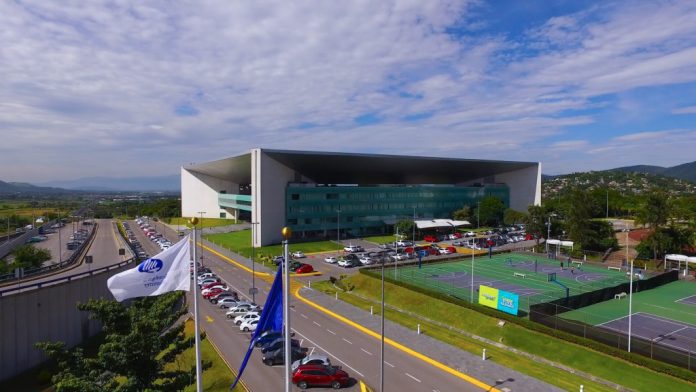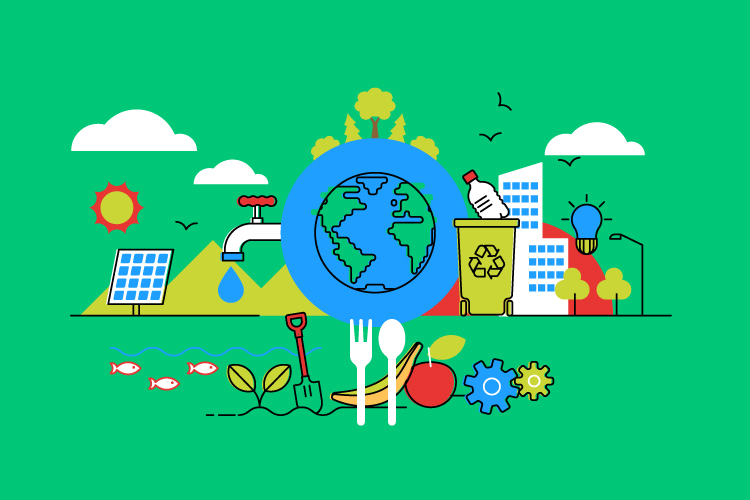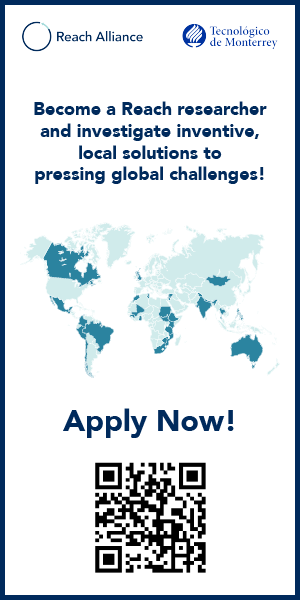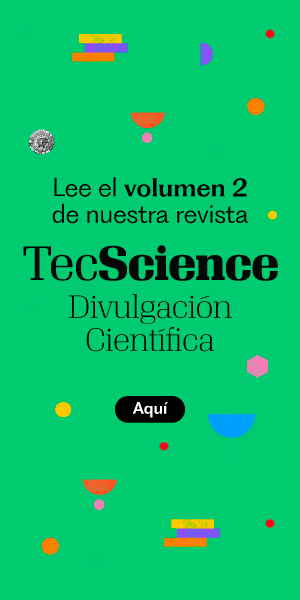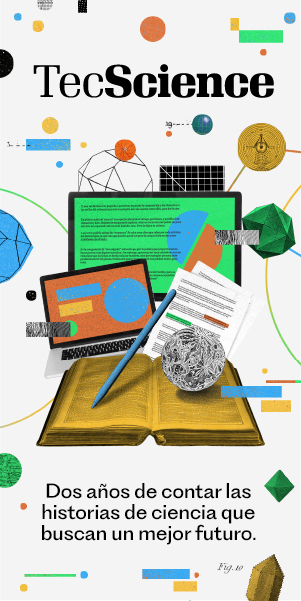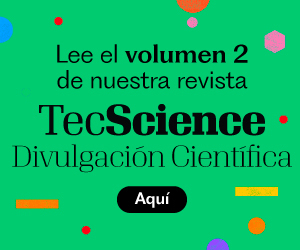In 2022, the Monterrey metropolitan area experienced its worst water crisis in decades. Due to a drastic reduction in water levels in the Cerro Prieto and La Boca dams, thousands of people were left without access to this resource. This showed, among other things, that Mexico’s water infrastructure is almost obsolete and needs to be modernized.
“What happened in Monterrey, in a very broad sense, reflects a planning and management crisis,” says Ismael Aguilar, research professor at the School of Social Sciences and Government (ECSG).
Aguilar and Aldo Ramírez, research professor at School of Engineering and Sciences (EIC) and director of the Water Center for Latin America and the Caribbean, have focused on studying different aspects of the water problem, one of the greatest threats to human well-being.
Worldwide, 2.2 billion people lack access to clean drinking water, and more than 1.4 billion are affected by droughts. In Mexico, water stress is a multifaceted problem that is far from resolved.

As part of efforts to address this crisis in the country, Aguilar and Ramírez participated in the Infrastructure Measurement report, conducted by the University Program for Development Studies from the National Autonomous University of Mexico (PUED), coordinated by the National Institute of Statistics and Geography (INEGI).
They discovered that a good portion of the country’s most important dams have reached the end of their useful life —a long time ago. “We found some that are 100 years old or even older,” says Ramírez.
Furthermore, the study shows that to modernize Mexico’s water infrastructure, we must first understand it and have indicators to measure its quality.
On the Verge of Obsolescence
A country’s water infrastructure consists of a set of constructions and facilities designed to manage the water supply and deliver it to its agricultural and livestock fields, homes, and businesses.
These works include dams, wells, aqueducts, pipelines, treatment and pumping plants, drainage, sewage, irrigation systems, and distribution networks.
“In Mexico, there are more than 800 records of dams and reservoirs, but the National Water Commission (Conagua) monitors only the 210 most important ones,” explains Ramírez. “These contain just over 85% of the country’s total water storage.”
The report revealed that some dams were created more than 50 years ago. Furthermore, many of these have not received maintenance in years. “We didn’t find maintenance records of the vast majority, so we don’t know if they’ve had it or not,” explains Aguilar. “When infrastructure projects are designed, they should always include funding for it, but that doesn’t happen in practice.”
This is problematic because the materials used to build them degrade over time and due to exposure to the elements.
Although their age and lack of maintenance haven’t caused them to stop working, so far, they have caused leaks, changes in water quality, and water supply shortages.
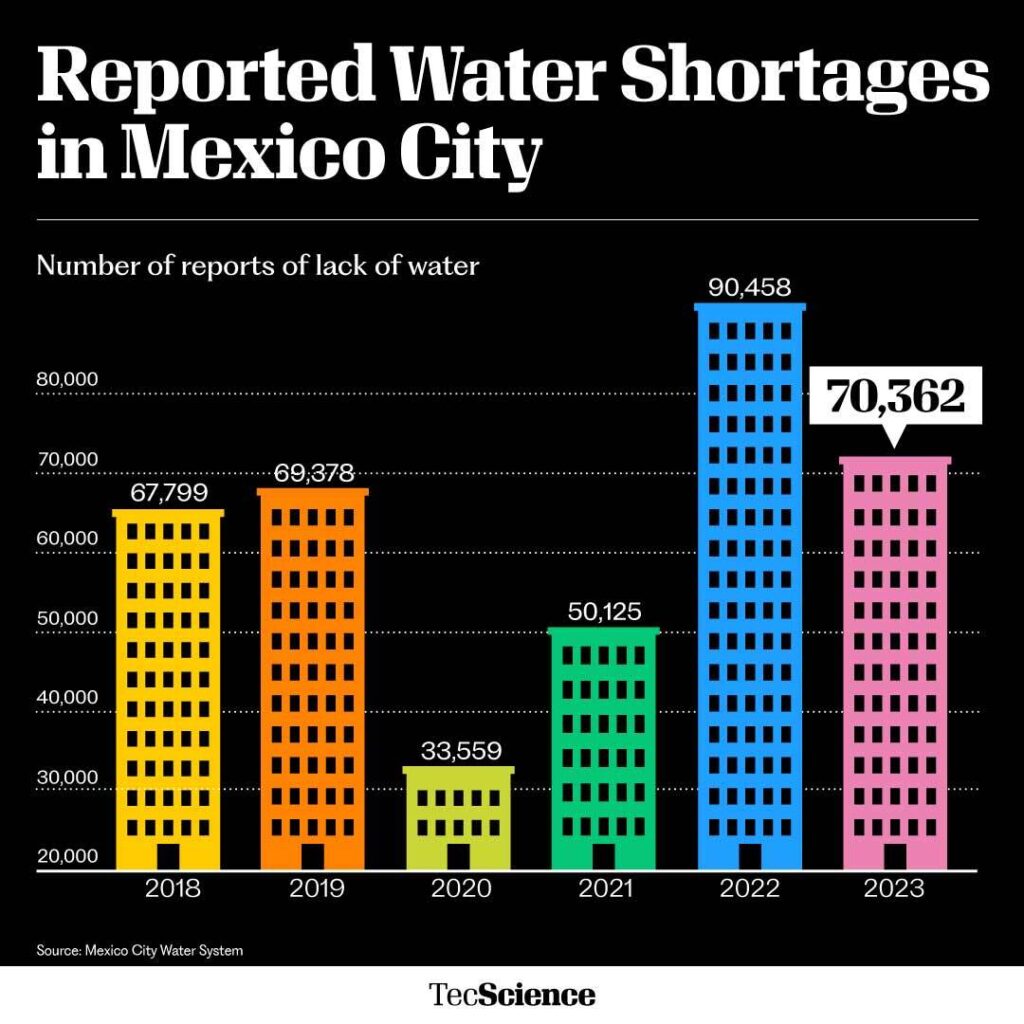
“Although the data shows that the access to drinking water in Mexico is 96%, that only means people have access to a physical pipe, not that when they open the water tap, water comes out,” says Aguilar. “In reality, daily access drops to 66%.”
Therefore, Aguilar and Ramírez agree that it is essential to develop an infrastructure quality indicator that provides a reliable source of information to understand which areas need improvements or repairs.
A New Indicator of Water Infrastructure Quality
Currently, both researchers are working on a joint project with the Gonzalo Río Arronte Foundation to conduct a more in-depth study of the country’s water infrastructure quality, starting with its three largest cities: Mexico City, Guadalajara, and Monterrey.
“We propose to create a user manual with an integrated database, so that anyone in Mexico who wants to search for data about its quality can do so easily,” says Aguilar.
Ultimately, they aim to develop a water infrastructure quality metric that INEGI can publish as an index that private companies, research institutions, or the government can use.
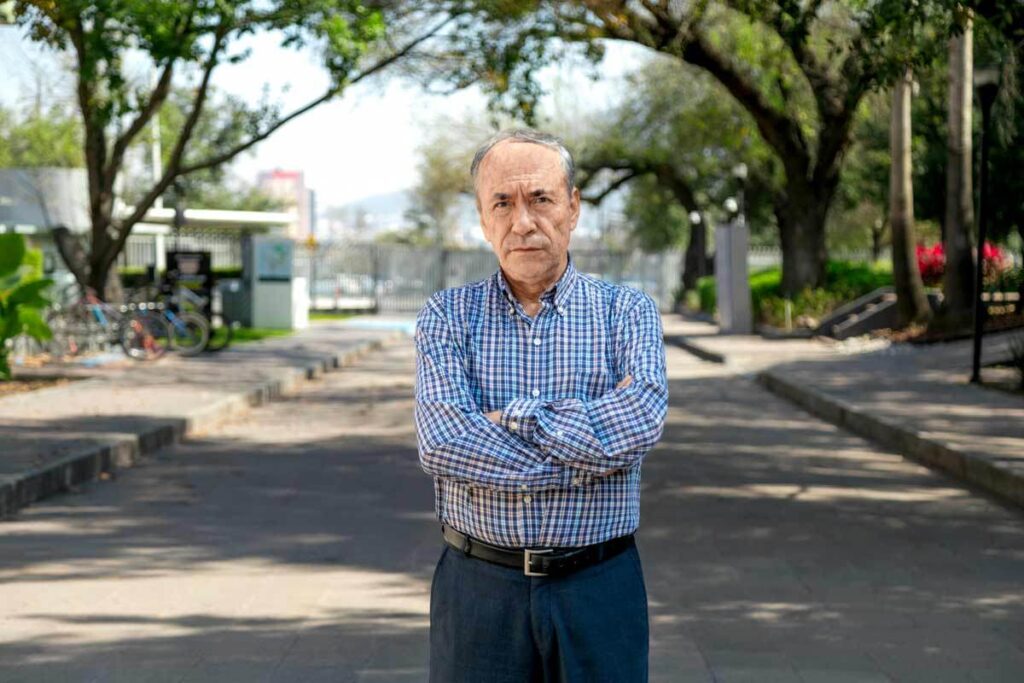
Thus, armed with relevant information, decision-makers and governments could take evidence-based actions to modernize and improve the country’s water infrastructure.
To modernize it, measures such as replacing old structures with new ones built with innovative and more resilient materials can be taken. Also, technologies such as the Internet of Things (IoT) or artificial intelligence (AI) can be integrated into water distribution networks to monitor them and make timely interventions when needed.
However, while modernizing Mexico’s water infrastructure sounds like a good idea, it will be essential to do so while considering the climate crisis. With it, the rise in droughts and intense storms increases the risk of structures, cities, and communities collapsing.
A Climate-Resilient Infrastructure
Taking into account the knowledge generated through scientific research, it is possible to create an infrastructure that is resilient and prepared to face uncertain futures.
In 2016, a group of scientists, including Aguilar and Ramirez, published an article predicting the 2022 Monterrey water crisis and proposed prevention actions. However, the information presented was not taken into account at the time.
“If you have a glass of water that is three-quarters full and you keep drinking out of it without filling it again, the glass will eventually run out of water,” says Aguilar.
This shows that evidence-based predictions and analyses can help better address the problem. For the experts, greater efforts must be made to ensure that governments and decision-makers consider this type of information.
“The end of the 2022 crisis came thanks to the Alberto Storm. If that hadn’t happened, the city would have been on its knees with a much more complicated situation,” says Aguilar. “We bet on nature rescuing us all the time, but nature won’t always do that.”
In the future, the researchers plan to continue creating valuable information through interdisciplinary research to contribute to a more integrated view of the water problem.
“We need to make decisions today, knowing they are good decisions in the context of the future,” says Ramírez.
Were you interested in this story? Would you like to publish it? Contact our content editor to learn more: marianaleonm@tec.mx


